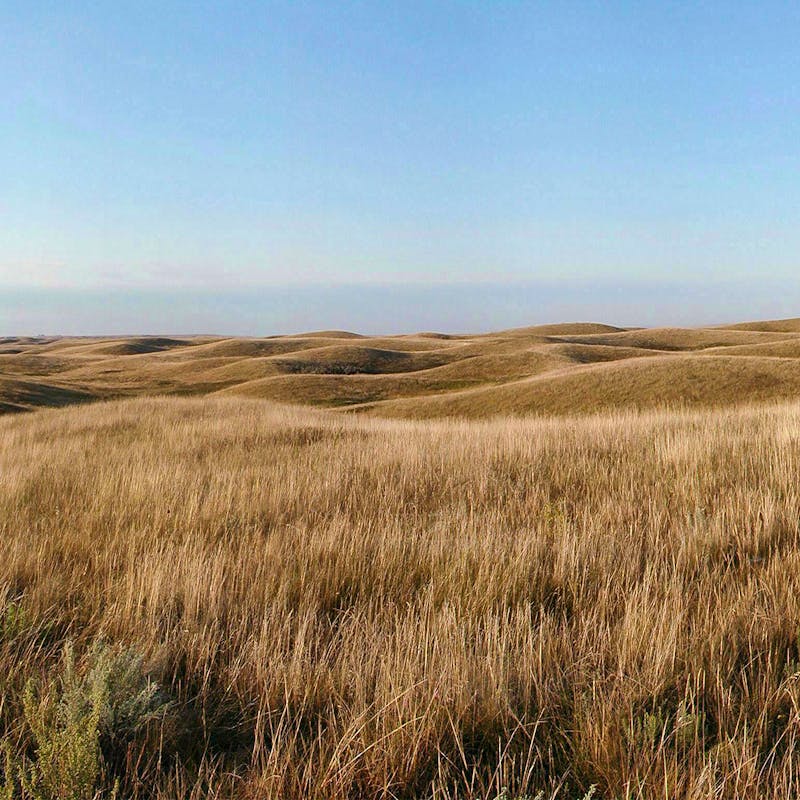The first Tribal Buffalo Conservation Summit will be held Nov. 1-3, bringing together tribal leaders, tribal wildlife and cultural representatives, and conservation experts to share their management strategies and discuss the important ecological, cultural and economic benefits of bison restoration. In the last six years, tribes have led the way by bringing back hundreds of wild buffalo to western tribal lands in Montana, Wyoming and other states, and celebrated the birth of dozens of calves.
A National Bison Day Celebration on Nov. 3, at the Rocky Mountain Arsenal National Wildlife Refuge, will showcase speeches by tribal leaders and elders about the importance of buffalo to tribes, Native singing and drumming performances, and viewing opportunities of the Refuge’s bison herd.
Statements:
“I’m so proud of the role the Fort Peck Tribes have played in bringing buffalo back,” said Robert Magnan, director of the Fort Peck Tribes Fish and Game Department and buffalo program. “Since we welcomed back the first Yellowstone buffalo, we’ve seen the ecosystem revive. Grassland birds have returned, native grasses are thriving.”
“Tribes are the true defenders of bison,” said Chamois Andersen, senior Rockies & Plains representative for Defenders of Wildlife. “We are honored to be a part of this historic meeting. It will take all of us partners in bison conservation to bring our national mammal back and restore its ecological role in historic habitats.”
“Tribes are increasingly leading the way in bison conservation and a lot has been accomplished in recent years to restore bison to western tribal lands,” said Garrit Voggesser, national director of the National Wildlife Federation's Tribal Partnerships Program. “Much more can be achieved to conserve wild herds on an ecologically significant scale. The summit will inspire tribes and create the collaboration for more successes.”
“To reestablish healthy buffalo populations on Tribal lands is to reestablish hope for Indian people.” said Ervin Carlson, President of the Intertribal Buffalo Council. By returning the buffalo to Tribal lands, we will help heal the land, the animal, and the spirit of the Indian people.”
“We are a political people,” explains Andrew Werk, President of the Fort Belknap Tribal Council. “When the Yellowstone buffalo is captured and remains in a closed facility and unable to be used for conservation, it’s like us on the reservation.”
“To restore the tribal connections to buffalo is a way to help heal the past and bring hope for the future,” said Jason Baldes, Bison Consultant for the Eastern Shoshone Tribe. “It helps heal us as native people and connect our youth to their tribal heritage.”
“WWF is proud to support tribal community initiatives that are bringing their relatives, the bison, back in ways that will ensure the conservation of the species and the prosperity of the people for generations to come,” said Dennis Jorgensen, Bison Initiative Coordinator for World Wildlife Fund. “This summit will bring together numerous tribes to share their unique experiences, perspectives, and learning and I’m certain that we will all be stronger for it.”
For over 75 years, Defenders of Wildlife has remained dedicated to protecting all native animals and plants in their natural communities. With a nationwide network of nearly 2.1 million members and supporters, Defenders of Wildlife is a leading advocate for innovative solutions to safeguard our wildlife for generations to come. To learn more, please visit https://defenders.org/newsroom or follow us on X @Defenders.
Media Contact
News

Fish and Wildlife Service Misguided in Rescinding Vital Strategic Growth Policy for the National Wildlife Refuge System


